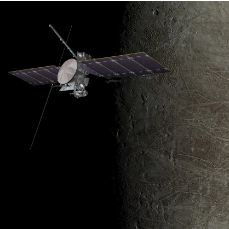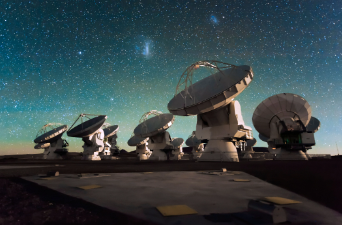Washington D.C. – NASA’s search for extraterrestrial life continues, with scientists using various methods to search for evidence of alien civilizations. However, the space agency acknowledges that finding aliens on other planets is challenging due to several reasons.
According to NASA, the lack of high-quality observations and the need for better data collection methods are significant hurdles in the search for extraterrestrial life. Despite these challenges, NASA remains committed to its search for life beyond Earth.

One of the initiatives underway is the Unidentified Anomalous Phenomena (UAP) independent study, commissioned by NASA in 2022. The study aims to examine UAP from a scientific perspective, using data collected from various sources.
NASA is also using the largest fully steerable radio telescope on Earth to search for evidence of civilizations in the galaxy. The Search for Extraterrestrial Intelligence (SETI) project operates a radio telescope that observes thousands of stars in the sky and makes 5 million signal detections per hour.
While the search for extraterrestrial life is ongoing, NASA recognizes the need for new technologies and innovative approaches to analyze data. The space agency plans to continue its efforts, using artificial intelligence and machine learning to identify patterns and signals that may indicate the presence of alien life.
As NASA continues its search for extraterrestrial life, the agency remains cautious about making any definitive claims. However, the possibility of discovering life beyond Earth remains an intriguing and captivating prospect that drives scientists to continue exploring the unknown.





